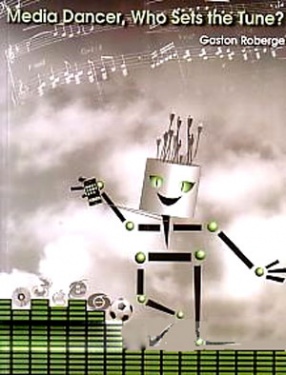
Showing all 6 books

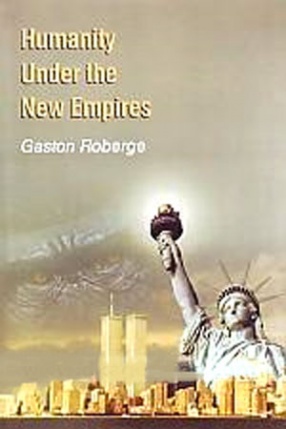
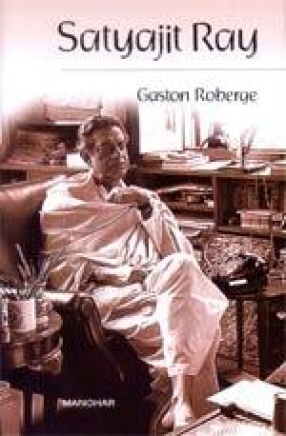

Media Dancer - who sets the tune? aims to help people regain some of the freedom they have lost to the "empire of mind" under the fire of its "soft weapons of mass distraction."Today's media oppressed do not read books as was done up to a recent past. They deal with books as they deal with the Web. Hence, Media Dancer has been conceived as a non-book, with some of the characteristics of the new media: non-linearity, fragmented ...

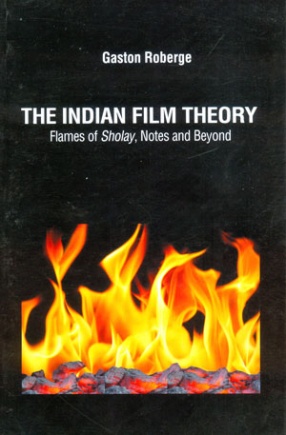
In this book the author attempt to formulate the history that informs a most popular Indian film, Sholay. According to Bharta Muni, since dramatic performances are staged for large masses, the audience should be the playwright's guide. He assume that if millions of Indian viewers have found and still find that Sholay is a good film, then Sholay exemplifies the Indian film theory. He formulate that theory on the basis of the film.
The Indian film theory at this ...
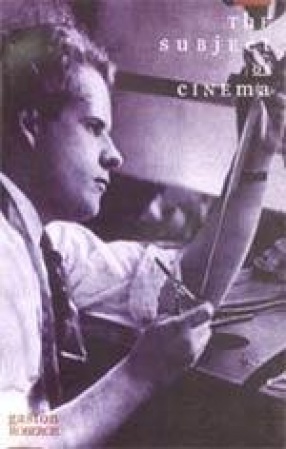
In an attempt to catch up with current thinking about the film image and the subject which creates it or apprehends it, Gaston Roberge defines film theory and discusses its basics before giving a lucid account of the shift from an idealist mode of thinking to a materialist one which occurred around the mid-sixties as part of a larger intellectual revolution, and led to a profound renewal of film theory under the joint influence of three main intellectual ...
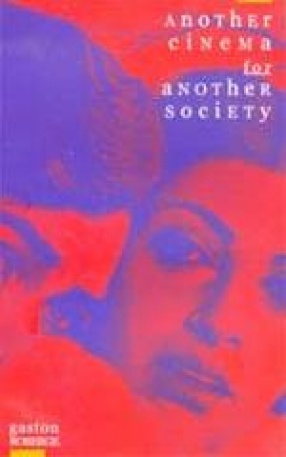
Gaston Roberge, proposes a militant programme. . . for another cinema committed to the building up of another society. He offers revaluations of the established systems of film aesthetics with fresh insights into the thoughts and works of Eisenstein, Bazin, Welles and Ray; before analysing the Indian social scene in depth and detail, to suggest a comprehensive model for a parallel Indian cinema, complete with a new scheme for film and media education for the new ...

The essays offered here were written between 1970 and 2005. Teaching assignments, requests for articles, and the author's own evolving interests prompted them. They were not written with the view to form a book. They are now published together in the conviction that, both singly and as a whole, they can contributed to a better appreciation of Satyajit Ray's legacy. The essays deal with Ray as a filmmaker. The date on which each essay ...
